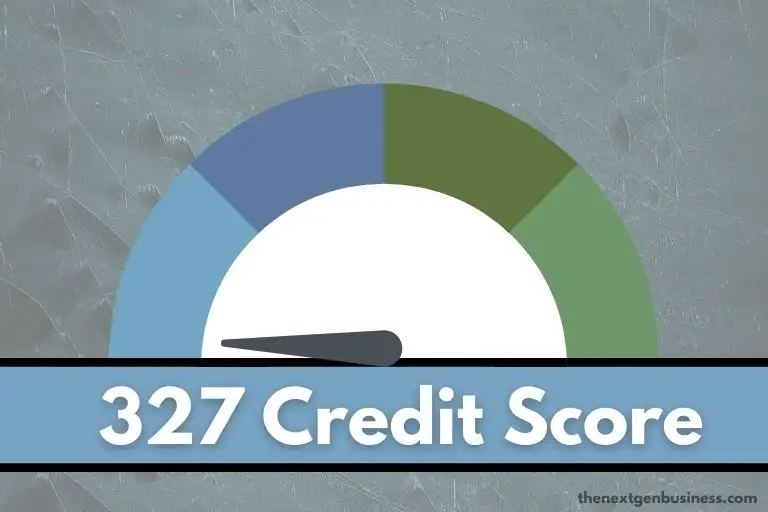In a standard roll, you’ll find 40 quarters, which equals $10. This roll makes it super easy to keep track of your money and is usually wrapped in a paper tube. So the next time you’re handed a roll of quarters, you’ll know you’re holding 40 of them, adding up to ten bucks!
What’s So Special About a Bundle of Quarters?
You probably don’t even notice when a cashier hands you a roll of quarters. But there’s more to that paper-wrapped cylinder than meets the eye. Each roll of quarters holds exactly 40 pieces, amounting to ten bucks. But why 40? And how do these rolls even get here?
The Birthplace of Coins: The Mint
Coins don’t just magically appear; they’re crafted at a place called the Mint. Once they’re ready for the world, they’re packaged into rolls and sent off to banks, shops, and sometimes even your doorstep.
The ABCs of Coin Counts: Not Just Quarters
Quarters aren’t the only stars of the show. Other coins have their own fixed counts when it comes to rolls. Here’s a quick rundown:
- Got a roll of pennies? You’re holding 50 cents.
- A roll of nickels amounts to two dollars.
- If it’s dimes you’re rolling, that’s a five-dollar bill right there.
The Large Containers: What’s in a Box?
So you thought rolls were fascinating? Wait till you hear about boxes! Imagine a box of 50 rolls of quarters.
If you do the math, that’s 2,000 quarters, or $500. Yes, boxes can hold quite a treasure in plain sight.
Think Outside the Roll: Variations Do Exist
Now, not all rolls are straight from the rulebook. Some might have fewer coins; some might have more.
But don’t let the fancy packaging fool you. More often than not, it’s just a marketing trick.
Need to Grab Some Rolls? Here’s How
If your cash drawer is running low on change, there are a few places you can visit:
- Banks and Credit Unions: They usually have rolls for customers.
- Retailers: Some might be willing to part with their rolls for a price.
- Specialty Shops: Believe it or not, some stores specialize in this!
Got Loose Change? Make Your Own Roll
Don’t want to buy rolls? Make your own! Grab some coin wrappers from a store, and you’re all set. And if you’re not the DIY type, most banks have machines that can do the rolling for you.
The Game of Finding Hidden Gems: Coin Roll Hunting
Here’s something for the treasure hunters out there. Buy rolls and sift through them. You might just find a rare penny worth more than its face value. It’s like a lottery, but for coins!
Quick Hits: What to Look For in a Roll
You might be holding more than just spare change. Keep an eye out for:
- Wheat pennies from before 1959
- Jefferson nickels from the World War II era
- Any coin that looks different—sometimes errors make them valuable
In Case You Were Wondering
What’s a Silver Quarter Roll Worth?
It has the same 40 quarters, but if they’re silver, their value could be much higher than $10.
What’s the Weight of a Bunch of Quarters?
A modern quarter weighs about 5.67 grams. Multiply that by 40, and you get the weight of a roll, not counting the paper.
The Environmental Angle: What’s a Quarter Made Of?
Since we’re talking about weight, let’s dive into what actually gives a quarter its heft.
Quarters made after 1965 consist of an outer layer of 75% copper and 25% nickel, bonded to a core of pure copper. Knowing what your quarters are made of could add another layer of appreciation next time you hold that roll.
From Quarters to Dollar Coins: The Weight Spectrum
Did you know that different types of coins have different weights? For instance, a one-dollar gold coin weighs around 8.1 grams, while a half-dollar comes in at about 11.34 grams. So, if you were to compare a roll of dollar coins to a roll of quarters, you’d notice a significant difference in weight, even if they look similar in size.
The Coin Roll’s Journey: How Weight Matters in Transportation
The weight of coins isn’t just trivia; it plays a role in how they’re transported. Banks and businesses have to consider the weight when they’re ordering boxes of rolls, especially if they need a large supply.
The heavier the coins, the more it costs to transport them. This is crucial info for any business that deals with a lot of cash transactions.
The Collector’s Corner: Weight Can Mean Worth
For coin collectors, weight can sometimes signal an anomaly like a minting error. These rare pieces can be quite valuable. So, the next time you get a roll, you might want to weigh it.
If the weight seems off, you could be onto something special, like a collector’s item that’s hiding in plain sight!
Advanced Tips: Using Weight for Coin Roll Hunting
Serious about finding rare coins? Use a precision scale to weigh each roll before you open it.
While it’s not a foolproof method, a roll that’s lighter or heavier than the standard weight could contain a coin that’s either more valuable or made from different materials. It’s a quick way to shortlist potential treasure-filled rolls.
Wrapping Up: The Weight of Knowledge
Understanding the weight of a roll of quarters, or any other coin, can offer insights into its composition, its journey, and even its potential worth. It’s more than just spare change; it’s a world of information and opportunities rolled into one. So next time you handle a roll of quarters, remember, you’re holding more than just $10; you’re holding a piece of fascinating financial science.





